One sure sign that spring will be arriving soon is Mardi Gras. All the color, excitement and joy of that event is like watching life exuberantly bloom right before your very eyes. Since we’re celebrating Mardi Gras with our current Martea Gras campaign, we thought it would be a good time to explore this storied holiday.
Mardi Gras Roots
Mardi Gras has European roots that date back thousands of years. Originally part of pagan celebrations of spring and fertility, it transitioned into a tradition that was part of the Christian faith. This is because religious leaders in Rome decided it was better to try to incorporate some of the pagan rituals that people loved into new, less raucous traditions than to abolish them altogether. You know, kind of a “if you can’t beat ‘em, join ‘em” tactic.
What remained of the formerly pagan traditions that included excess and debauchery became part of the lead up to Lent, with Mardi Gras being the final day of excessive celebration. The tradition spread from Rome to other European countries, including France, Germany, Spain, and England. We have the French to thank for the phrase “Mardi Gras” – “mardi” means “Tuesday,” and “gras” means “fat.” Celebrated the day before Ash Wednesday, the beginning of Lent, it was customary for people to binge on rich, fatty foods before taking up various types of fasting and giving up things like sweets, alcohol and meat. Even the word “carnival” is derived from the medieval Latin word “carnelevarium ,” which means to take away or remove flesh or meat.

Mardi Gras Arrives in the U.S.
The Mardi Gras party got started on March 3, 1699, when French explorers landed near present-day New Orleans. They realized they had landed on the Tuesday before Ash Wednesday, and so they naturally got busy putting on the first U.S. Mardi Gras. They even named their landing spot Point du Mardi Gras.
Other than a hiatus when the Spanish took control of New Orleans and banned Mardi Gras festivities – what’s up with that? – New Orleans has been the Mardi Gras capital of the U.S. Beginning in 1827, a group of students got decked out in colorful costumes and danced through the New Orleans streets just as they’d seen revelers do in Paris. The first recorded New Orleans Mardi Gras parade took place 10 years later and is, of course, very much alive and well today.
Mardi Gras Traditions
There are some things that are uniquely Mardi Gras. Here are six of the most famous.
- Krewes. It’s probably no surprise to hear that in the early days of Mardi Gras, celebrations began to get out of hand; by 1857, city officials considered doing away with Mardi Gras altogether. Fortunately, a group known as the Cowbellion de Rakin Society, which had held an annual parade on New Year’s Eve since the 1830s, offered to form a private club that would stage its own Mardi Gras parade as a more disciplined alternative to the drunken, violent chaos that the event was turning into. They called their new organization the Mystick Krewe of Comus (Comus was the Greek god of revelry). Krewes are still a very important part of Mardi Gras, with dozens of these groups organizing and participating in the various Mardi Gras parades.
- Rex, King of Carnival. One of the most famous krewes is the Krewe of Rex, founded in 1872. That was a pivotal year for Mardi Gras, as the Russian Grand Duke Alexis Romanov Alexandrovitch accepted an invitation to attend Mardi Gras in New Orleans (more to come on that). City leaders, having organized this visit as a way to attract the attention of tourists and businesses to the city after the Civil War, formed a new krewe and designated the krewe’s leader for the year as Rex, which is Latin for “king.” Known as the Krewe of Rex, a prominent person is chosen to be Rex, or head, of that year’s Carnival. The Grand Duke was the first one, and his participation led to another major tradition.
- Bead Throwing. One of the most popular Mardi Gras traditions, beads came into being as representatives of the colors of Mardi Gras – purple, green, and gold. These were the colors of the Grand Duke Alexis’ house, and as he was the King of the Carnival in 1872, he chose his house colors for the beads. Later, long after the Grand Duke was gone, the colors of the beads took on their own meaning: green for faith, purple for justice, gold for power. They were tossed into the crowd by people who exhibited those traits; catching them was said to be good luck.
- Zulu Coconuts. In Mardi Gras vernacular, “throws” are anything parade riders toss to the crowd. Beads are popular, of course, as are boas, cups, doubloons, stuffed animals, and more. One of the most coveted throws are Zulu coconuts. These painted, glittery coconuts are given out by members of the Zulu Social Aid and Pleasure Club, one of the oldest African American krewes. Historically, during the first Zulu parades in the early 1900s, undecorated coconuts were tossed out to the crowd. Eventually, they began to decorate the hairy, brown coconuts, and inevitably, when someone figured out that tossing coconuts from the parade rides into crowds with a large inebriated contingent might not be the best idea, they began handing them out instead.
- Flambeaux. You can thank the Krewe of Comus for this tradition, dating back to the mid-19th century. Due to lack of sufficient light on the parade route at night, torches were lit and carried. Called flambeaux, French for “torch,” the original flambeaux carriers were slaves and free men of color. The crowd would toss coins to the carriers, another tradition that has survived to modern times. While the flambeaux are no longer necessary for light, they are still part of the tradition, having morphed into more performance art than necessary light source.

- King Cake. This tradition also has its roots in religion, specifically to the Three Kings bringing gifts to the baby Jesus on Twelfth Night, which is the end of Christmas and the beginning of Epiphany. People celebrating Twelfth Night began including a special kind of cake for the occasion. Named king cakes, these now colorful pastries can be found during Epiphany, beginning on January 6 – Twelfth Night – through Mardi Gras. The tradition of including a tiny baby figurine meant to represent the baby Jesus into each king cake began in the 1940s by a New Orleans' bakery. It is said that whoever gets the baby in their slice is declared king for the day…and they also must buy the next king cake and host next year’s Fat Tuesday party. Being king doesn’t sound like everything it’s cracked up to be.
Also, along with the throwing of Zulu coconuts, due to fear of lawsuits and accidental ingestion of tiny baby figurines, the babies are now often provided separately for the host to insert in the cake. First no coconut throwing, and now this.
Finally, what would Mardi Gras and Fat Tuesday be without some decadent food and beverages? Not right, that’s what! Check out these mouthwatering recipes, and as they say, Laissez les bons temps rouler – let the good times roll!
New Orleans Beignets
There’s no better way to start your Fat Tuesday than with fresh-made beignets. They’re a New Orleans staple, and while the winners of our Martea Gras grand prize will receive a bag of beignet mix from the famous Café du Monde, you can make your own from scratch. If you prefer, make the dough the night before or, if you’re an earlier riser (so to speak!), you can make these yeast pastries first thing in the morning. Pair them with a classic morning tea like English Breakfast, go with a French-inspired cuppa Paris or up the yum factor with our Chocolate tea.
Serving: 12 beignets
Ingredients:
- 3 C all-purpose flour, plus more for dusting
- ¾ tsp kosher salt
- 3 tbsp sugar, divided
- 1 C warm whole milk
- 2 tsp active dry yeast
- 1 large egg
- 3 tbsp butter, melted
- 1 ½ to 2 qts. vegetable oil
- 3 C powdered sugar (for the topping)
Instructions:
- In the bowl of a stand mixer fitted with the paddle attachment, combine 3 cups of flour, salt, and 2 tablespoons of sugar.
- In a 4-cup measuring glass or medium bowl, combine the warm milk (it should be about 100°F), remaining tablespoon of sugar, and yeast. Allow it to sit until foamy, about 5 minutes.
- Beat the egg into the foamy milk mixture and add the mixture to the mixing bowl of flour. Mix by hand or using the paddle attachment with your stand mixer set to low or medium-low until you get a wet dough with dry bits throughout. This can take anywhere from 30 second to 1 ½ minutes.
- Swap out the paddle attachment for the dough hook. Add the melted butter. Set the mixer to medium-low until the butter is incorporated, about 1 minute.
- Turn the mixer up to medium or medium-high and knead the dough on the hook for about 6 minutes. The dough should be tacky to the touch but not so wet that you can’t handle it. If necessary, add additional flour a little at a time until the dough is the right consistency.
- Take the dough out of the mixing bowl and shape it into a ball, then place it in a greased bowl. Cover with plastic and allow it to rise until doubled in size, 1-2 hours depending on the temperature of the room. If you want to prep the dough the night before, you can do a slow rise in the refrigerator overnight. Let the cut beignets come to room temp for about 30 minutes before frying.
- When you’re ready to fry, fill a large 4-quart pot with a few inches of vegetable oil (about 2 quarts). Set a cooling rack over a baking sheet and place it next to the pot of oil along with tongs.
- Sift 3 cups of powdered sugar into a medium-sized mixing bowl and set next to the rack and a sheet pan.
- Once the dough has risen, turn it out onto a floured surface and roll it out into an oblong shape (about 10 inches by 14 inches and ¼ inch thick). Cut the dough into 12 rough rectangles and cover with a flour-dusted tea towel to rest while you heat the oil.
- Heat the frying oil to 325°F. Fry the beignets in batches until golden, about 1 ½ to 2 minutes per side.
- Use your tongs to lift the beignets out of the frying oil and place them on the baking rack. Let some of the fat drain off for about a minute before covering in powdered sugar – coat them with sugar while the beignets are still hot, but not straight out of the fryer dripping in oil. Drop the drained beignets into the bowl with the powdered sugar. Turn to coat. Repeat with remaining beignets.
- Serve warm with another generous dusting of powdered sugar, jam if you wish and your favorite cuppa Harney tea.
Black Cask Bourbon Cocktail

We’ve taken a popular Mardi Gras drink, Bourbon Milk Punch, and changed it up a bit with the addition of our Black Cask Bourbon tea. Hold onto your beads and boas, this drink is creamy, rich, deceptively boozy and perfect for celebrating Fat Tuesday (or any Tuesday, perhaps!).
Ingredients:
- Caramel, for rimming glasses
- 2 tbsp cinnamon sugar
- 1 C Black Cask Bourbon-infused vanilla ice cream:
- 2 C heavy cream
- 2 tbsp Black Cask Bourbon tea
- 14-oz. can sweetened condensed milk
- 1 C bourbon
- 1 tsp honey
- 1 tsp vanilla
- 1 tsp ground cinnamon, plus more for garnish
- Whipped cream for garnish
Instructions for Black Cask Bourbon-Infused Ice Cream:
- Warm the 2 cups of heavy cream over medium-low heat until it just starts to steam, stirring occasionally.
- Remove the pot from the heat and add the 2 tbsp tea leaves. Cover the pot with a lid and let it steep for about 45 minutes.
- Strain out the tea leaves or remove the tea bags. Refrigerate the tea-infused heavy cream until it is completely cold.
- Whip the cold heavy cream to stiff peaks.
- Place the sweetened condensed milk in a mixing bowl and fold in half of the whipped heavy cream. Once that has been fully incorporated, fold in the second half of the whipped heavy cream.
- Pour your ice cream into a container and put it in the freezer for at least four hours before serving.
Instructions for Assembling Your Black Cask Bourbon Cocktail:
- In a shallow dish, rim two glasses with caramel and cinnamon sugar. Set aside.
- In a blender, combine the Black Cask Bourbon-infused ice cream, bourbon, vanilla, honey, and cinnamon and blend until smooth. Pour mixture into rimmed glasses and garnish with whipped cream and ground cinnamon.
- ENJOY!
Jambalaya

A staple of New Orleans’ cuisine, this jambalaya recipe is a Creole version, which means it has tomatoes, versus a Cajun recipe which does not. Also, you can buy Creole seasoning, but making it yourself will be more flavorful and rewarding.
Serving: 4 servings
Jambalaya Ingredients:
- 2 tbsp butter
- 1 lb. chicken breast, cut into bite-size pieces
- ½ lb. andouille sausage, sliced in ¼ inch slices
- 1 yellow onion, chopped
- 3 cloves garlic, minced
- 1 green bell pepper, diced
- 1 stalk celery, diced
- 1 C long grain white rice
- 1 14.5 oz. can diced tomatoes
- 2 T Creole seasoning (see below for homemade ingredients)
- 1-2 tsp hot sauce
- 1 tsp Worcestershire sauce
- 2 C chicken broth
- 2 bay leaves
- ¾ tsp salt
- ½ lb. medium raw shrimp, deveined (tails removed is optional)
Creole Seasoning Ingredients:
- 4 tsp garlic powder
- 4 tsp onion powder
- 2 tbsp sweet paprika powder
- 1 tsp smoked paprika
- 1 tbsp dried thyme
- 2 tsp dried oregano
- 2 tsp dried basil
- 1 tsp dried rosemary
- 1 bay leaf
- 2 tsp cayenne pepper (less if you don’t care for the heat)
- 1 ½ tsp salt
- 1 tsp freshly ground black pepper
Creole Seasoning Instructions:
- Place all the spices in a spice or coffee grinder or blender. Pulse until you get a fine powder.
- Store in an airtight jar in a dark cupboard until ready to use. Makes about ½ cup.
Jambalaya Instructions:
- Place the chicken in a bowl with 1 tablespoon of the Creole seasoning. Set aside.
- Heat the butter in a large skillet over medium-high heat and brown the chicken on all sides. Add the andouille sausage and cook for another 3 minutes or so until the sausage begins to brown.
- Add the onion, garlic, celery, and bell pepper and cook for 3-4 minutes. Add the rice, diced tomatoes, remaining tablespoon of Creole seasoning, hot sauce, Worcestershire sauce, salt, and pepper and stir to combine. Add the chicken broth and bay leaves.
- Bring to a boil, reduce heat to medium-low, cover and simmer for 15 minutes, stirring once halfway through. Add the shrimp, cover, and simmer for another 10 minutes or until the rice is tender.
Jambalaya is a wonderfully spicy dish that pairs well with a refreshing iced tea. Calm your taste buds with one of our Fresh Brewed Iced Teas – add sugar for a full Southern experience.




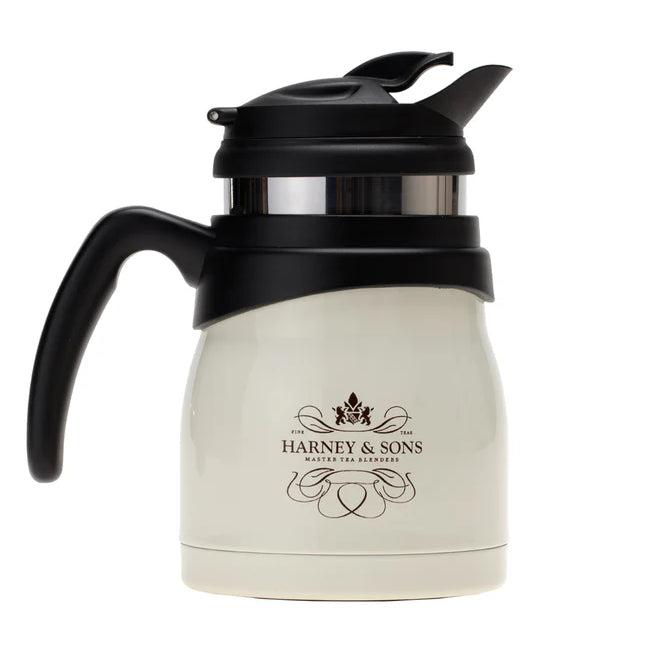
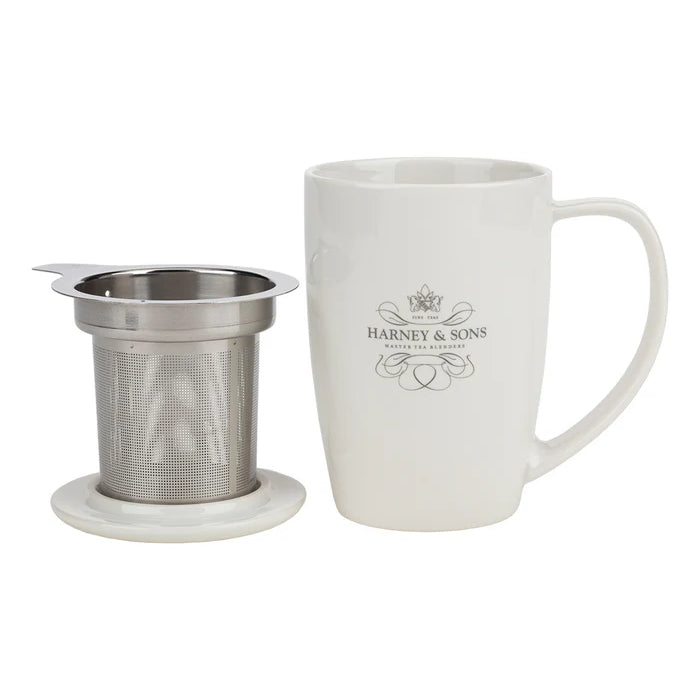
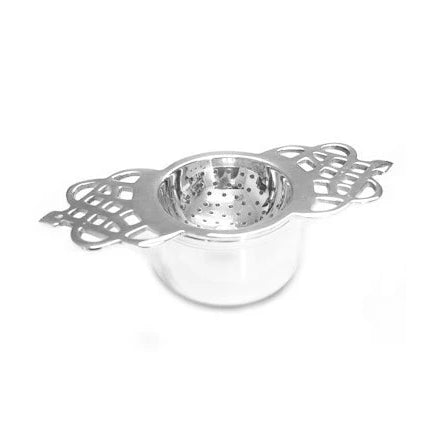
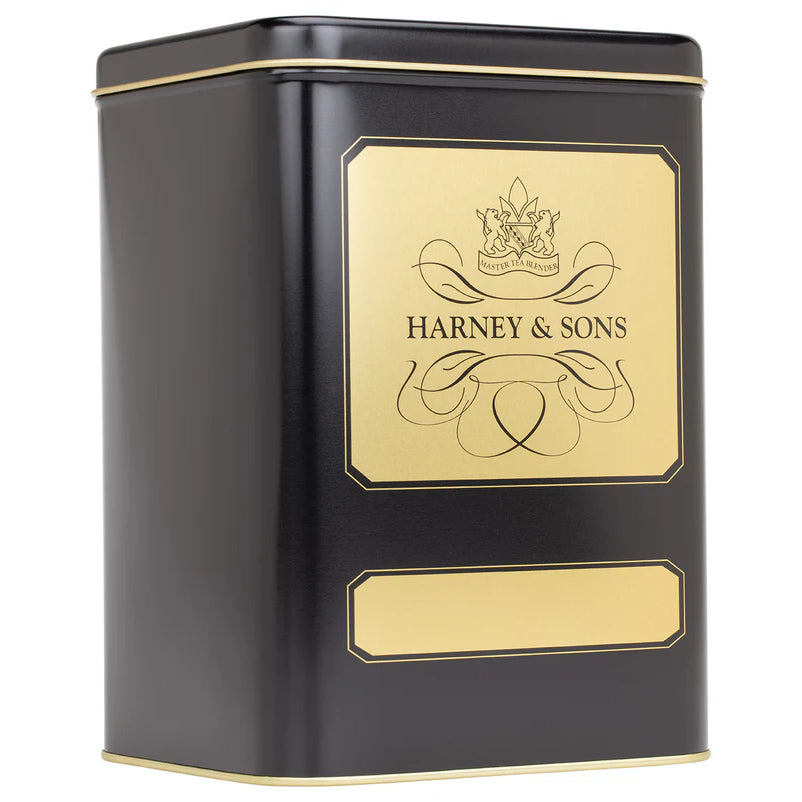
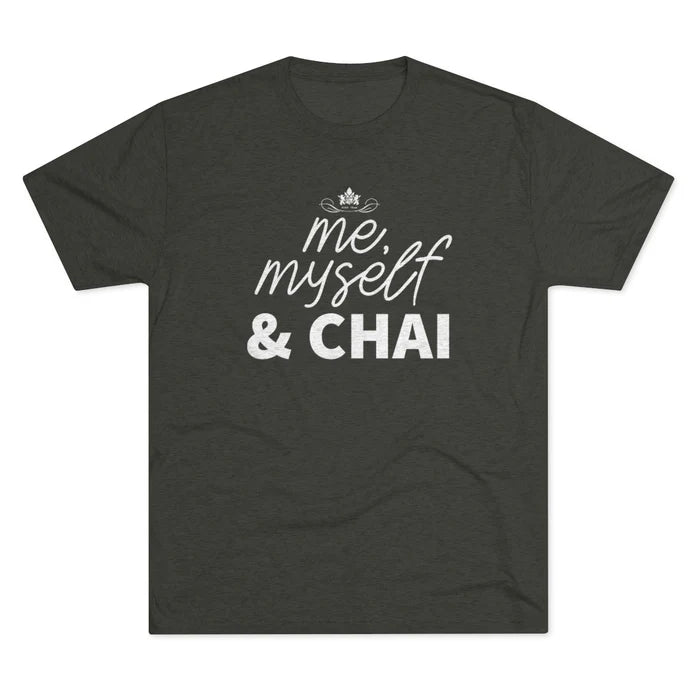
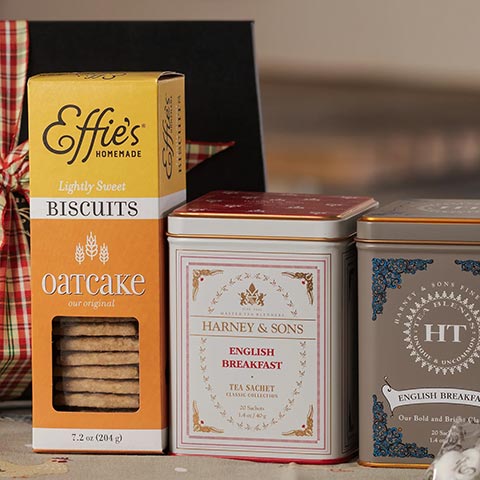
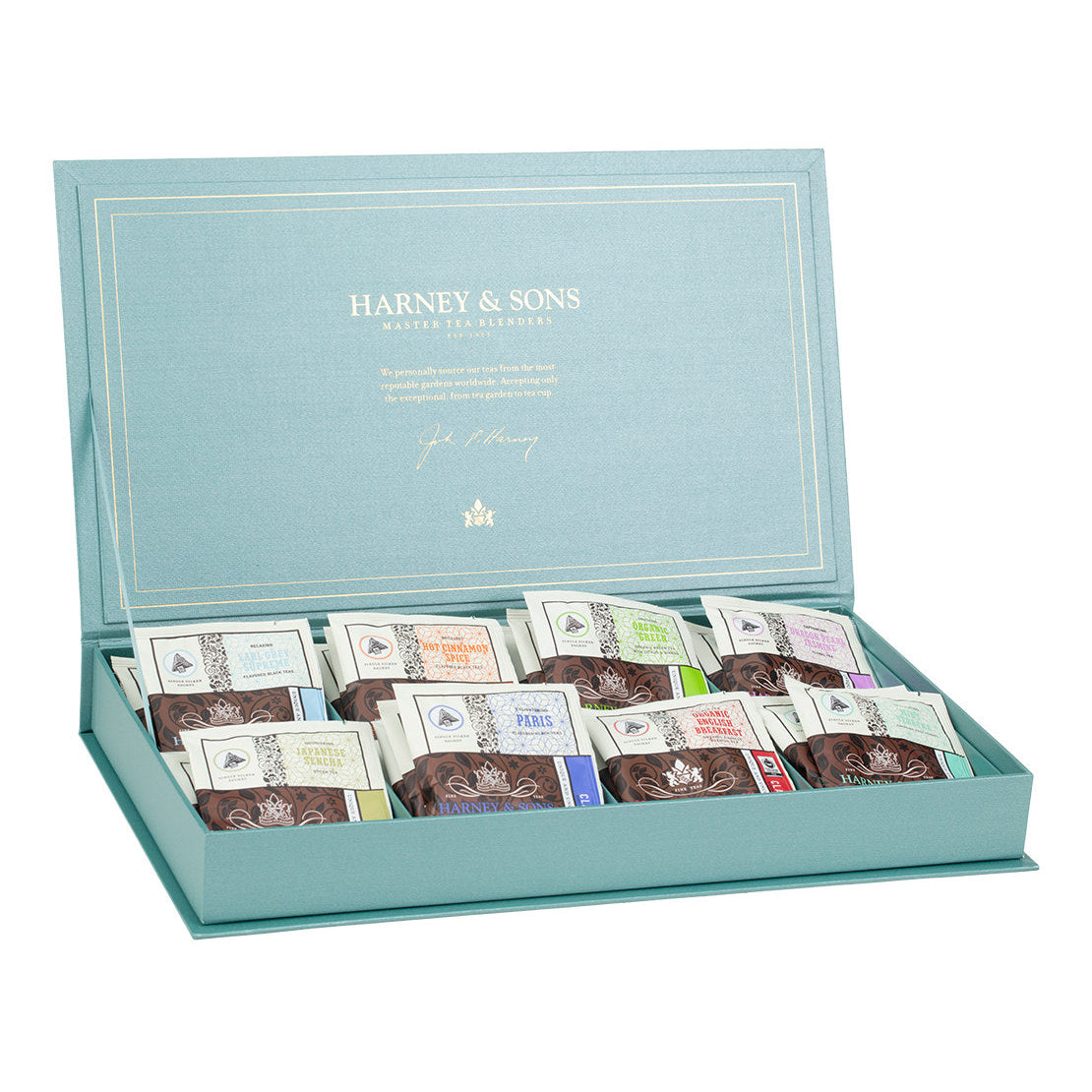
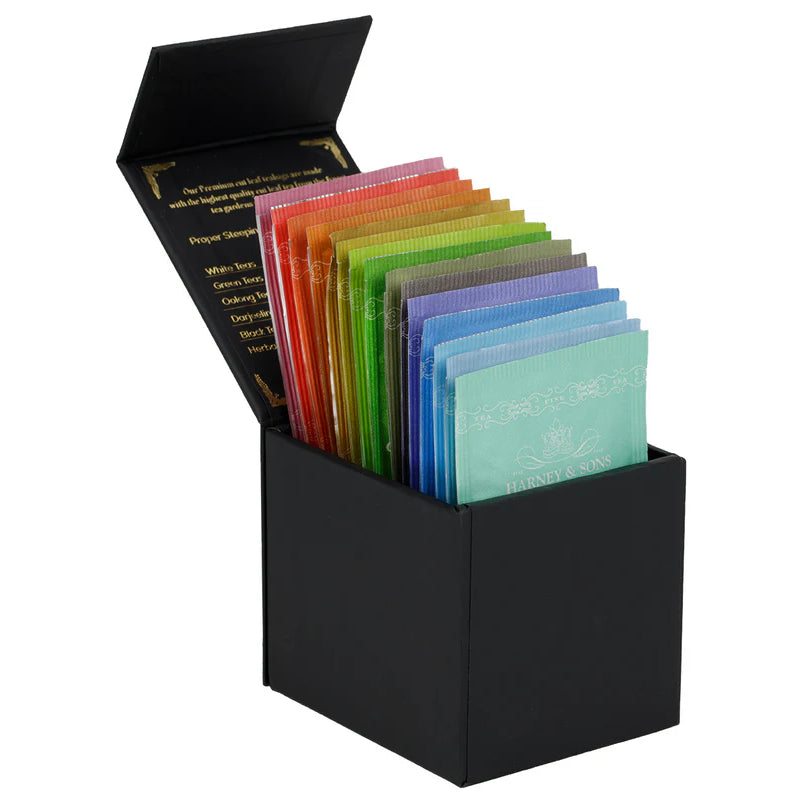

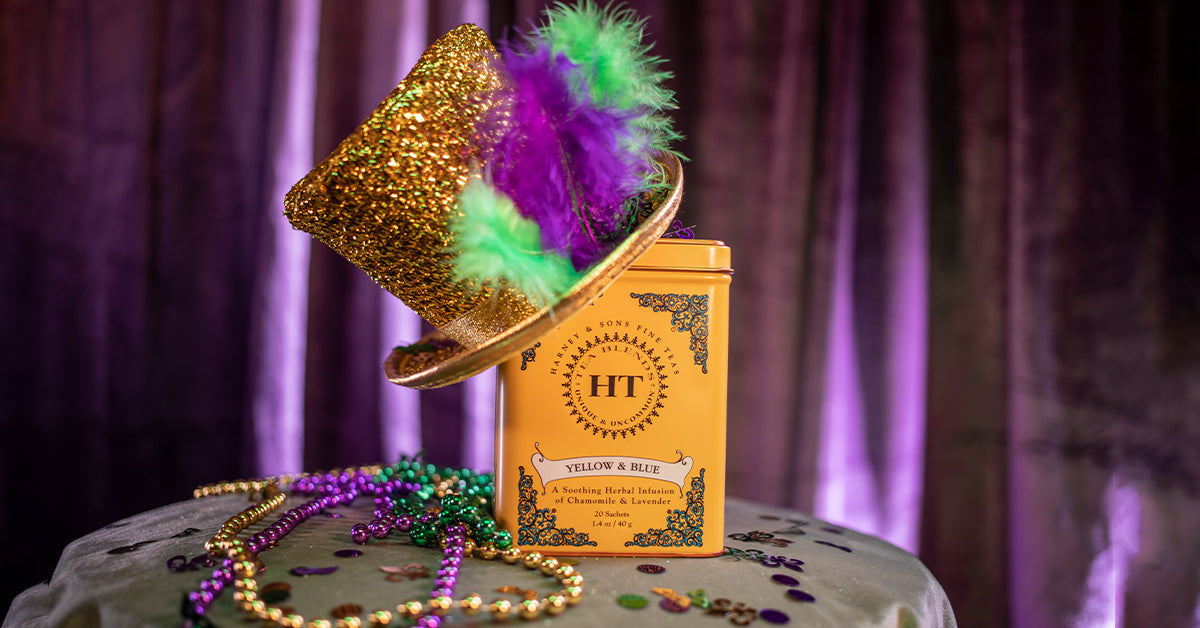
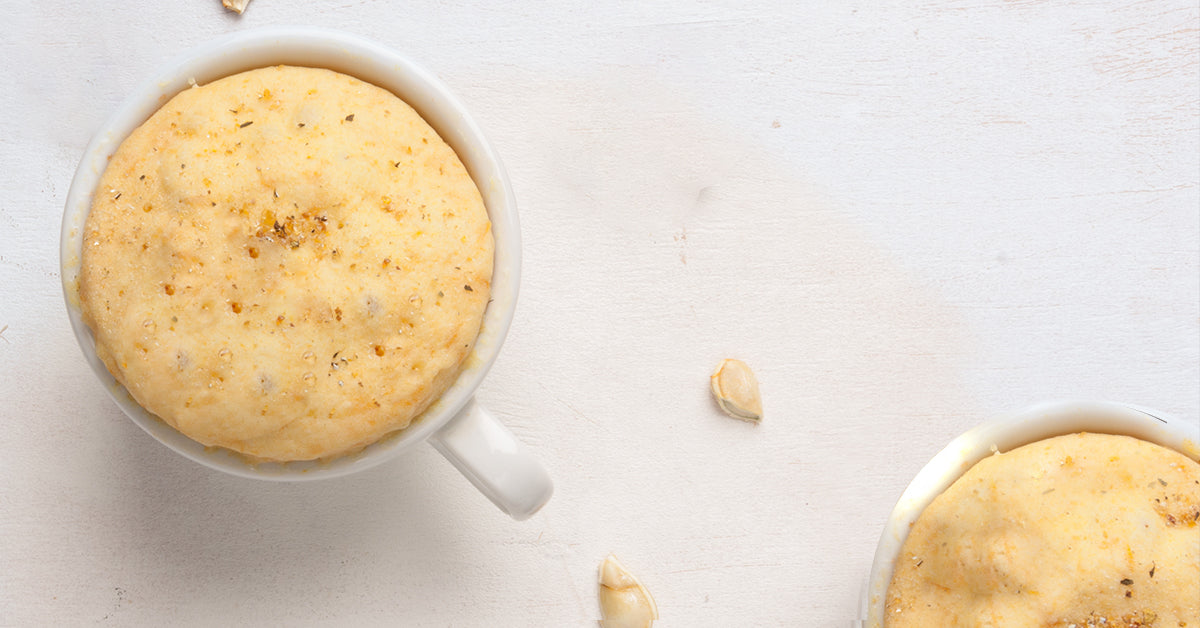
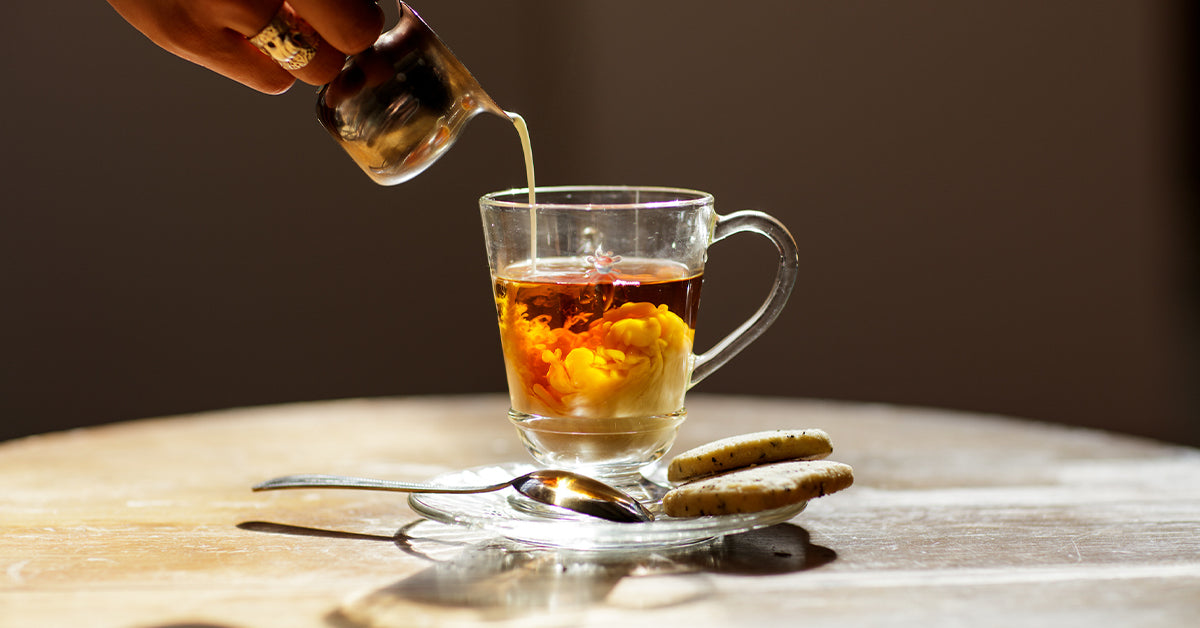
4 comments
Yvette
Really enjoyed this article and learning the history of Mardi Gras. Thanks for the great recipes too!💜💚💛
Really enjoyed this article and learning the history of Mardi Gras. Thanks for the great recipes too!💜💚💛
JoAnne Farley
This blog was fun to read and very educational. I also enjoyed the drink and food recipes.
This blog was fun to read and very educational. I also enjoyed the drink and food recipes.
Andrea
As a New Orleans area native, I loved seeing this blog! Your jambalaya recipe rivals my dad’s wonderful version. Thanks for helping me celebrate one of my favorite Louisiana holidays and bringing to mind a sweet memory of my father!
As a New Orleans area native, I loved seeing this blog! Your jambalaya recipe rivals my dad’s wonderful version. Thanks for helping me celebrate one of my favorite Louisiana holidays and bringing to mind a sweet memory of my father!
Michael E Simonds
Merci, Beacoup , Lezez les bon temps roller!
Merci, Beacoup , Lezez les bon temps roller!